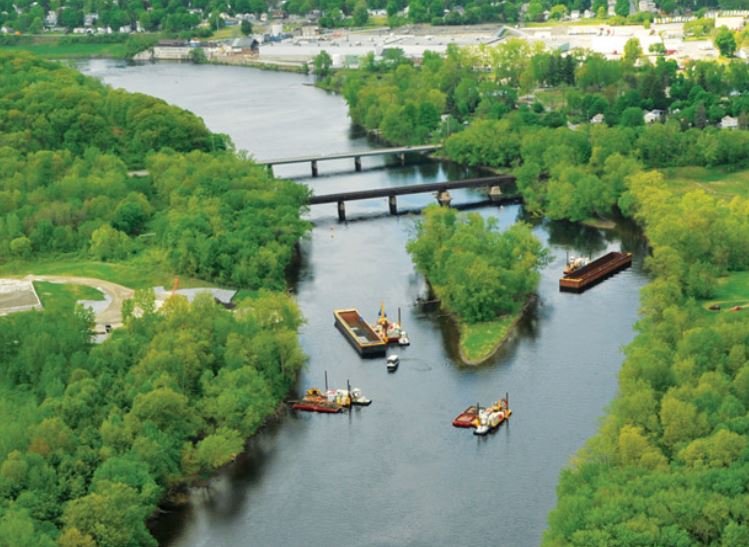

This settlement agreement is the latest in a series of enforcement agreements that GE has entered into with EPA since 2002 to address dredging and cleanup of the Hudson River. During a 30-year period ending in 1977, when EPA banned the production of PCBs, it is estimated that approximately 1.3 million pounds of PCBs were discharged into the Hudson River from two GE capacitor manufacturing plants located in the towns of Fort Edward and Hudson Falls, N.Y. PCBs were widely used as a fire preventive and insulator in the manufacture of electrical devices, like transformers and capacitors, because of their ability to withstand exceptionally high temperatures.

The Site is one of the largest Superfund Sites in the country. The Hudson River PCBs Superfund site is located in New York and consists of 200 miles of the river. Information about the Hudson River PCBs Superfund Site GE is an American multinational conglomerate corporation incorporated in New York and headquartered in Fairfield, Conn. This $20.5 million agreement with GE to comprehensively examine these issues is an important step in our work to protect public health and the environment.” Information about the General Electric Company I encourage the public, local governments and others to become educated and informed on this important aspect of the cleanup. We are now actively addressing the issues of possible PCB contamination on the shoreline properties and floodplains. “Dredging the river and stopping PCBs from moving down it is the main point of the current Superfund work on the Hudson River.

Summary of the Administrative Order on Consent.Information about the Hudson River PCBs Superfund Site.Information about the General Electric Company.


 0 kommentar(er)
0 kommentar(er)
